The AAMC has identified 17 Premed Competencies for Entering Medical Students. These professional, science, and thinking and reasoning competencies are relevant for all health professions. As you proceed through your pre-health professions preparation, we encourage you to reflect regularly on your level of mastery of each of the competency areas, making plans to develop those competencies where you have less experience and documenting examples of how you have demonstrated those competencies with which you have significant familiarity.
From the AAMC:
"Originally created in 2011, the premed competencies were updated in 2023 through a joint effort between the AAMC and members of the academic medicine community to reflect current and future expectations for new medical students. Medical school representatives across MD- and DO-granting schools from admissions, student affairs, diversity affairs, faculty, and students, as well as prehealth advisors and competency experts contributed. The 17 premed competencies highlight essential knowledge, abilities, and skills that medical schools consider to be important for entering medical students and evaluate in each applicant through a holistic review of the application.
The premed competencies, formerly core competencies for entering medical students (view previous competencies), were updated in 2023 to reflect expectations for medical students. Medical schools will begin using these competencies in the 2024-2025 application cycle to evaluate applicants’ readiness for medical school."
The reflection prompts provided below are intended to provide possible entry points to reflect on how you have demonstrated these competencies. Beyond capturing experiences in which you demonstrated the competency, reflect on why the experience and the competency are important, what your experience says about you, what you learned or how you grew from the experience, and how this prepared you or influenced your interest in a career in the health professions. You may also find the AAMC's Anatomy of an Applicant: Competency Resources and Self-Assessment Guide to provide a helpful structure for your planning and reflection.
The AAMC has also compiled a wealth of Real Stories Demonstrating Core Competencies, which can be an incredibly helpful way to conceptualize how these competencies are practiced by applicants of all stripes.
Professional Competencies
 |
Commitment to Learning and Growth. Practices continuous personal and professional growth for improvement, including setting and communicating goals for learning and development; reflects on successes, challenges, and mistakes; pursues opportunities to improve knowledge and understanding; and asks for and incorporates feedback to learn and grow.
Describe a situation in which you dedicated yourself to becoming better. How did you solicit and respond to feedback? What learning tools did you employ? How do you think the lessons you learned will help you in your future career? |
 |
Cultural Awareness. Appreciates how historical, sociocultural, political, and economic factors affect others’ interactions, behaviors, and well-being; values diversity; and demonstrates a desire to learn about different cultures, beliefs, and values. How have you actively sought to increase your cultural awareness? How does it play a role in your life, how has it informed your worldview, and how does it affect your motivations? What is the importance of cultural awareness in a healthcare setting? |
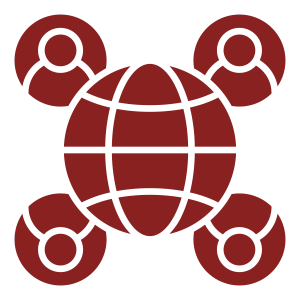 |
Cultural Humility. Seeks out and engages diverse and divergent perspectives with a desire to understand and willingness to adjust one’s mindset; understands a situation or idea from alternative viewpoints; reflects on one’s values, beliefs, and identities and how they may affect others; reflects on and addresses bias in oneself and others; and fosters a supportive environment that values inclusivity.
How have you examined your own biases in relation to others? How do you show that you are always actively seeking diverse perspectives to expand your knowledge? How do you show respect to the intersectional identities and lived experiences of others? Describe a time when you challenged your own assumptions about something and learned about a different cultural value or belief. |
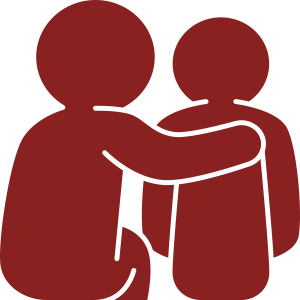 |
Empathy and Compassion. Recognizes, understands, and acknowledges others’ experiences, feelings, perspectives, and reactions to situations; is sensitive to others’ needs and feelings; and demonstrates a desire to help others and alleviate others’ distress.
Describe a time when you showed empathy and compassion to someone in your life. What are some key components of empathy and compassion as you relate to others, especially in a healthcare setting? |
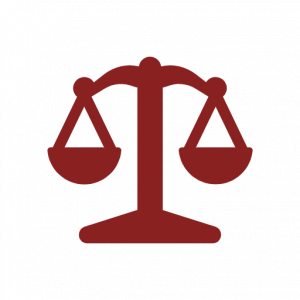 |
Ethical Responsibility to Self and Others. Behaves with honesty and integrity; considers multiple and/or conflicting principles and values to inform decisions; adheres to ethical principles when carrying out professional obligations; resists pressure to engage in unethical behavior; and encourages others to behave honestly and ethically.
Identify what ethical responsibility means to you and explain how you practice that responsibility in your life. Provide an example of a time when you were presented with an ethical or moral choice and explain how you approached your decision or course of action. |
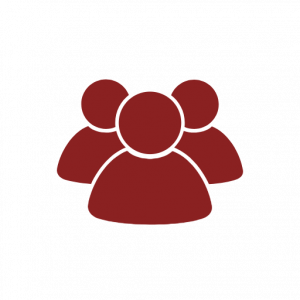 |
Interpersonal Skills. Demonstrates an awareness of how social and behavioral cues affect people’s interactions and behaviors; adjusts behaviors appropriately in response to these cues; recognizes and manages one’s emotions and understands how emotions impact others or a situation; and treats others with dignity, courtesy, and respect.
Discuss a scenario in which your ability to interact with others has either 1) helped resolve some sort of conflict (e.g., tension in a group project), 2) put someone at ease (e.g., soothing a nervous patient through a procedure/difficult conversation), or 3) allowed you to build a meaningful relationship with someone you might not have otherwise (e.g., creating a friendship with a boss/co-worker of different age or background, etc.). |
 |
Oral Communication. Effectively conveys information to others using spoken words and sentences; listens effectively; recognizes potential communication barriers and adjusts approach or clarifies information as needed.
Effectively conveys information to others using spoken words and sentences; actively listens to understand the meaning and intent behind what others say; and recognizes potential communication barriers and adjusts approach or clarifies information as needed. |
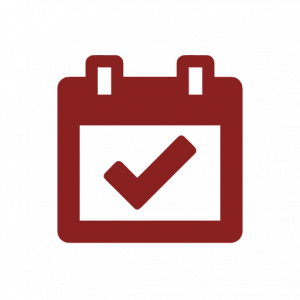 |
Reliability and Dependability. Demonstrates accountability for performance and responsibilities to self and others; prioritizes and fulfills obligations in a timely and satisfactory manner; and understands consequences of not fulfilling one’s responsibilities to self and others.
Offer an example of you taking on one or more responsibilities and describe how you remained consistent, even in the face of possible challenges. Talk as well about why dependability is important to you and what role you think it plays in the health field. |
 |
Resilience and Adaptability. Perseveres in challenging, stressful, or ambiguous environments or situations by adjusting behavior or approach in response to new information, changing conditions, or unexpected obstacles, and recognizes and seeks help and support when needed; recovers from and reflects on setbacks; and balances personal well-being with responsibilities.
Offer an example of how you adjusted to or overcame a significant obstacle or issue. How did you approach the situation? What did you learn? Make sure to talk about your personal strengths as well as how you benefited and learned from others. See the Office of Pre-Professional Advising's "PPA Failure Resume" for examples of how our full-time staff, graduate assistants, and undergraduate peer advisors grew their capacity for resilience. |
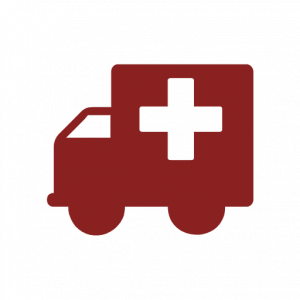 |
Service Orientation. Shows a commitment to something larger than oneself; demonstrates dedication to service and a commitment to making meaningful contributions that meet the needs of communities.
Describe a service/volunteer experience that was meaningful to you. Focus on why it was important to your personal growth and perspective, what impact it had on your career aspirations and goals, and what lessons the experience taught you. |
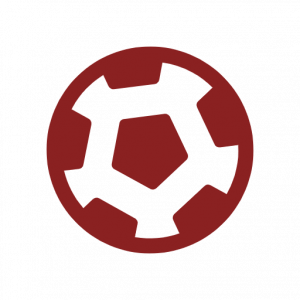 |
Teamwork and Collaboration. Collaborates with others to achieve shared goals and prioritizes shared goals; adjusts role between team member and leader based on one’s own and others’ expertise and experience; shares information with team members and encourages this behavior in others; and gives and accepts feedback to improve team performance.
Briefly explain a scenario (e.g., job, group project, research lab) that required you to work as part of a group and critically analyze what you took away from it. Reflect on what you yourself brought to the table initially and what you learned from your team members; highlight your strengths in these situations and how you augment group dynamics. |
Science Competencies
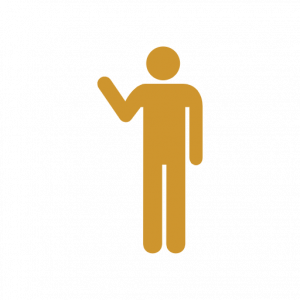 |
Human Behavior. Applies knowledge of the self, others, and social systems to solve problems related to the psychological, sociocultural, and biological factors that influence health and well-being.
Provide an example of how you have approached a problem related to human behavior, either in your own lived experience or through an academic/policy analysis of an issue. How did your understandings of social structures and determinants of health inform your approach? What are the challenges and opportunities of taking a holistic view of health and well-being? |
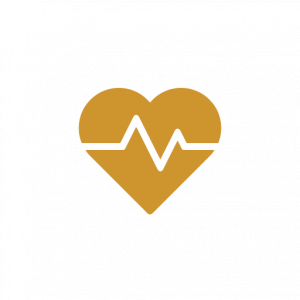 |
Living Systems. Applies knowledge and skill in the natural sciences to solve problems related to molecular and macro systems, including biomolecules, molecules, cells, and organs.
Provide an example of how you have approached a problem related to living systems. What knowledge and methods did you use to solve the problem? How did you gather additional information, if needed? How did your approach demonstrate creativity and/or systems thinking? |
Thinking and Reasoning Competencies
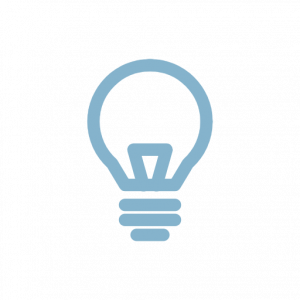 |
Critical Thinking. Uses logic and reasoning to identify the strengths and weaknesses of alternative solutions, conclusions, or approaches to problems.
Describe a situation in which you used logic and reasoning to identify and weigh alternatives and arrive at an approach, decision, or conclusion. What factors did you consider and prioritize? How do you anticipate applying critical thinking as a medical student or practitioner? |
 |
Quantitative Reasoning. Applies quantitative reasoning and appropriate mathematics to describe or explain phenomena in the natural world.
Provide a brief explanation of how you have used quantitative reasoning to describe, explain, or understand a natural or complex phenomenon. What were the strengths and limitations of employing a quantitative approach to understanding or explaining that phenomenon? |
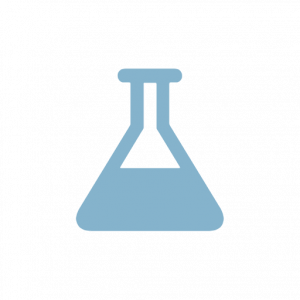 |
Scientific Inquiry. Applies knowledge of the scientific process to integrate and synthesize information, solve problems, and formulate research questions and hypotheses; is facile in the language of the sciences and uses it to participate in the discourse of science and explain how scientific knowledge is discovered and validated.
Provide a brief description of how you have applied the scientific process in your research, clinical, or course experiences. As appropriate, discuss how you developed questions and hypotheses, collected information, and contributed to the body of knowledge. |
 |
Written Communication. Effectively conveys information to others by using written words and sentences.
Describe a situation in which you conveyed information effectively through writing. Who was the intended audience? How did you tailor your communication to that audience? How do you know the communication was effective? |